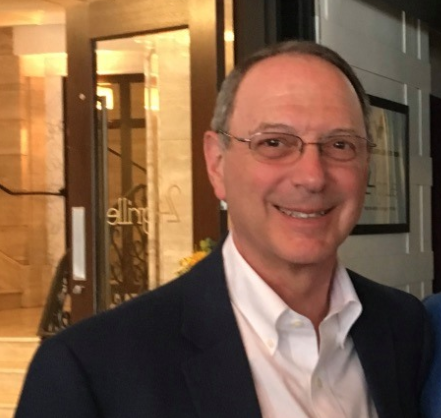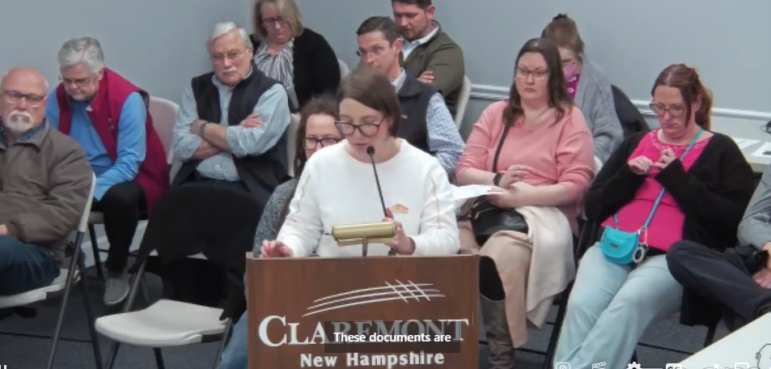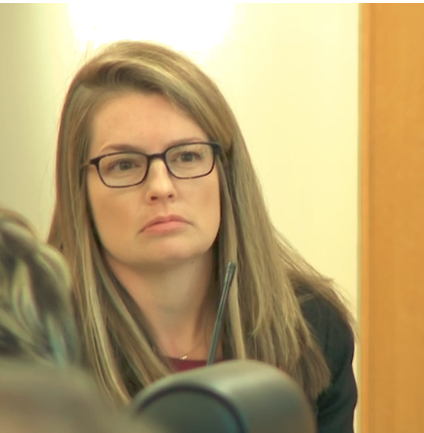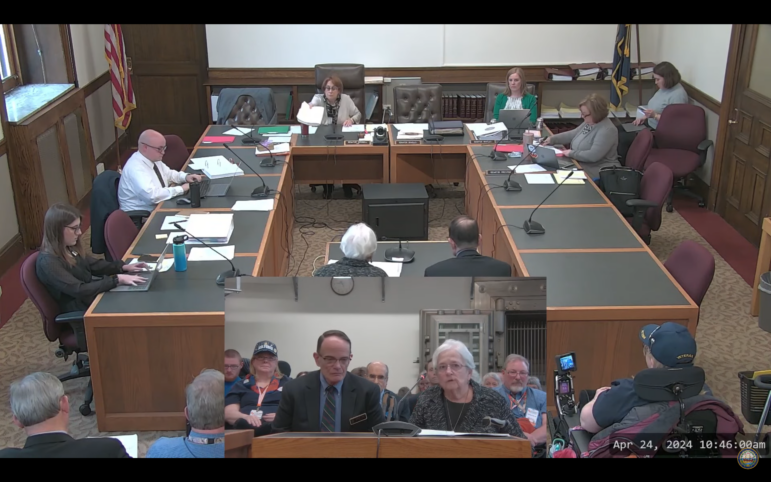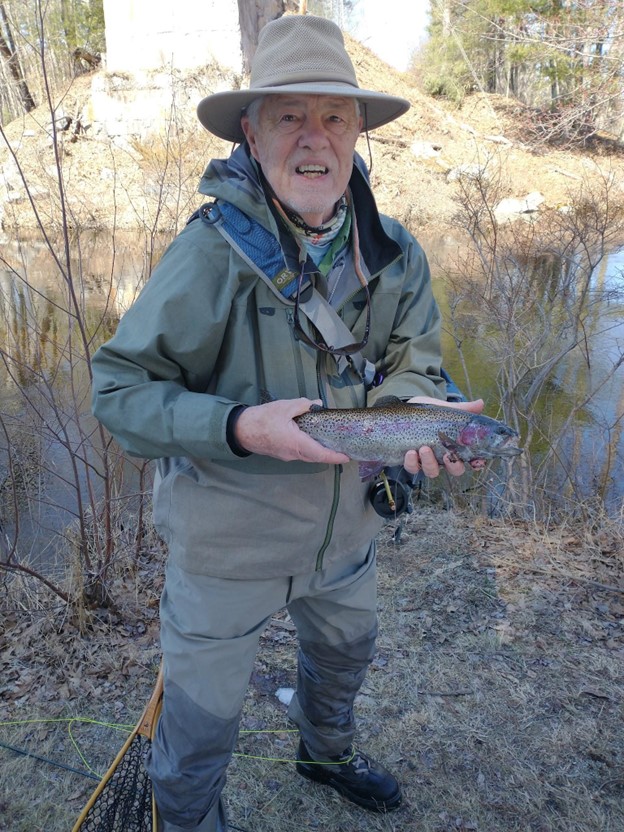By GARRY RAYNO, InDepthNH.org
CONCORD — People surveyed for the Education Funding Commission significantly under-estimated the cost of educating a student in New Hampshire.
The survey done by the University of New Hampshire Survey Center as part of the Granite State Poll, indicated people in the state believe more state funding is needed, but do not approve of any of options to accomplish that: a statewide property tax, a sales or an income tax.
The poll included nine questions intended to help the commission with its recommendations which are due Dec. 1.
When asked for the estimated costs of educating a student, the 1,037 respondents guessed an average of $9,500, while the actual average is $19,000 per student.
People who rent, earn less than $45,000 annually and classify themselves as liberal estimated the cost lower than the average, while those who listen to conservative talk radio, earn more than $150,000 annually and consider themselves conservative estimated the cost higher than the average guess.
“Residents are far more accurate in estimating the percentage of public education costs they believe are funded by state government,” Sean McKinley of the UNH Survey Center told the commission Monday.
Link to the survey here:
https://carsey.unh.edu/sites/default/files/media/2020/10/2020_09_-_granite_state_poll_-commission_to_study_school_funding_report.pdf
The average estimate of the state’s contribution was 33 percent, when the state actually pays about 31 percent of public education costs.
A majority of the survey participants said the state should increase its share of funding, while very few believe the state should pay less.
According to the survey 55 percent said the state should pay more, 28 percent said it should pay about the same, and 4 percent said the state should pay less, while 13 percent did not know or were unsure.
Liberals, Democrats, Independents and those earning more than $150,000 said the state should pay more, while conservatives, Republicans, Fox News viewers and conservative radio listeners all said the state’s obligation should decrease.
Commission member Bill Ardinger asked if the respondents understood they had underestimated the cost before they responded to the question, and McKinley said they told participants the actual cost was $19,000 and the state paid about 31 percent before asking whether the state’s share should increase, decrease or stay the same.
If the participants had varying assumptions about those figures, he said, “that would not be useful to you.”
He said the participants needed to have the same baseline information or you would not know what their preferred state policy would be.
The survey also asked the participants whether everyone should pay the same property tax rate to fund education and a plurality said they should, 40 percent, while 31 percent did not, and the remaining were either neutral or did not know.
However, 44 percent of the sample said the education property tax share should decrease, 32 percent said it should stay the same, and 4 percent said it should increase. The remaining 19 percent were unsure.
Despite those sentiments, the respondents did not like any of the levies that could be used to increase funding, a statewide property tax, a sales tax or an income tax.
Another income source was the most popular at 29 percent. A statewide property tax had support from 24 percent with 47 percent opposed.
A sales tax was supported by 22 percent and an income tax 16 percent while 69 percent opposed either option.
Instead the participants suggested increasing business taxes, taxing marijuana, cutting spending elsewhere, a flat tax, gambling and the gas tax.
Rep. Mel Myler, D-Hopkinton, asked how these results compared to earlier surveys.
McKinley said the last time such a question was asked was in 2002 and it was done differently with a list of options people could choose including a constitutional amendment but did not include a statewide property tax or gambling.
“It was a very different context with the question itself to choose one of these,” McKinley said, “and we did not ask if they favored or opposed (individual taxes).”
The responses were not very similar to this survey, he said.
The survey also asked what funding system the participants favored, one that distributed state funding to districts based on poverty and property wealth, or one that distributes state aid equally among all districts.
Forty-one percent favor a system based on poverty and property wealth and 31 percent favor a system that distributes state aid equally to all districts.
Twenty-eight percent did not know enough to make a choice.
McKinley said that group did not really understand what the choice entails.
State Sen. Jay Kahn, D-Keene, said while a majority oppose using the statewide property tax to increase the state’s share of education aid, the group is neutral on using it to balance poverty and property values.
“I am dwelling on an observation you make Mel that people don’t understand how we fund public education in part because of our use of property taxes,” Kahn said. “We have not demonstrated it could be used to distribute aid based on property wealth and poverty; I’m reading into this that confusion.”
Myler noted that one of the challenges the commission faces is “a vast majority of citizens in this state do not have kids in school at this point in time.”
They do not have day-to-day contact with schools which makes it incumbent on school districts to reach out to their communities so there is a higher level of understanding, he said.
“The challenge for us going forward is how to address the issue of school funding and the whole question of school performance,” Myler said, “if they don’t have students in schools. How do they understand what is going on in schools?”
The survey also asked participants to rank the most important factors to a high-quality public education.
“One-third of Granite Staters believe that teacher quality is the most important factor in providing New Hampshire students with a high-quality public education, with smaller numbers citing career and technical education services, higher teacher salaries, and smaller class sizes,” according to the survey report. “When asked for the five most important factors, respondents again most often mention teacher quality and career and technical education services, along with low-income student services, student and school access to technology, and access to up-to-date curriculum and learning materials.”
The commission’s three work groups meet Thursday and the full commission meets again Nov. 2 at 2 p.m.
Garry Rayno may be reached at garry.rayno@yahoo.com.
